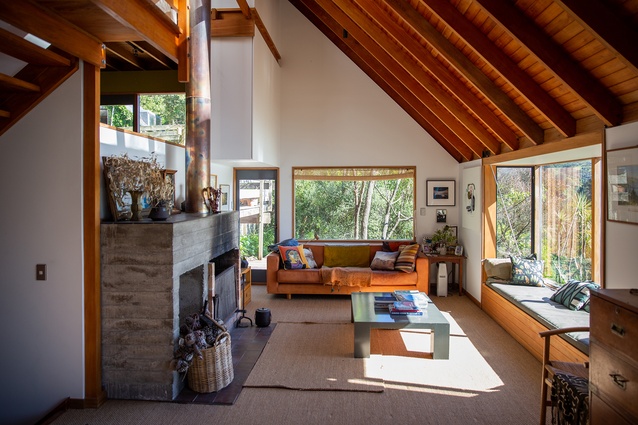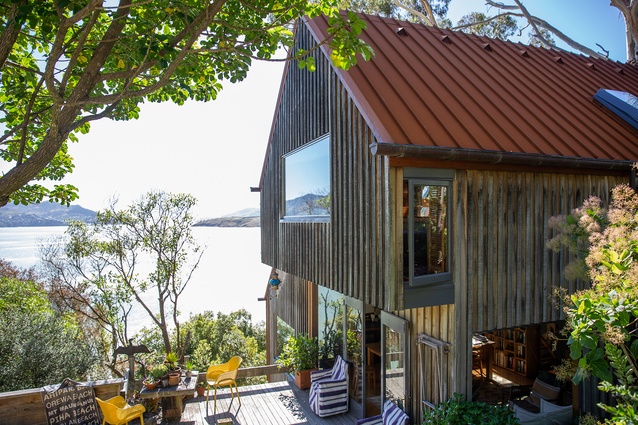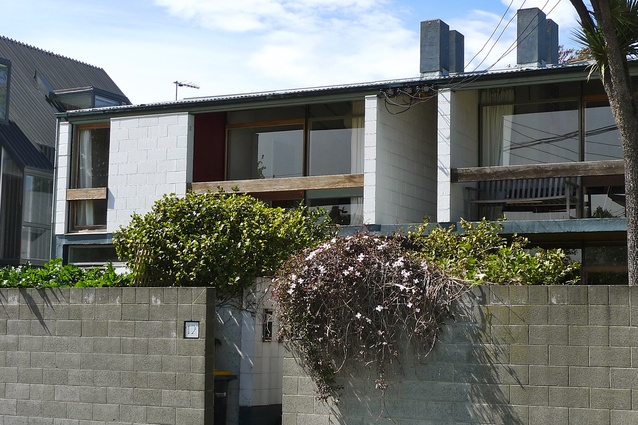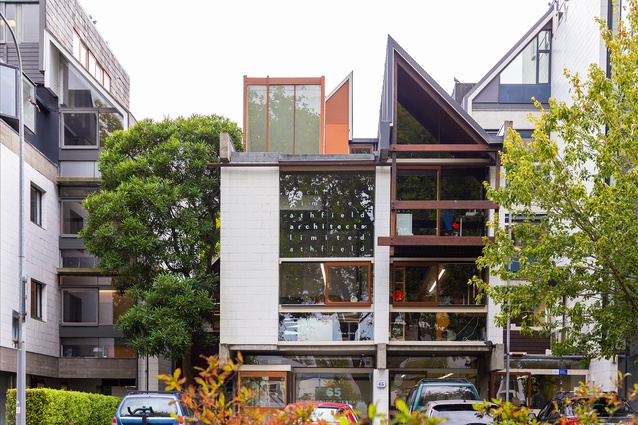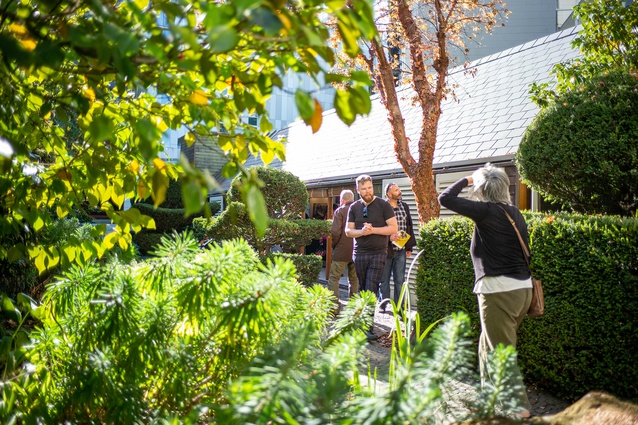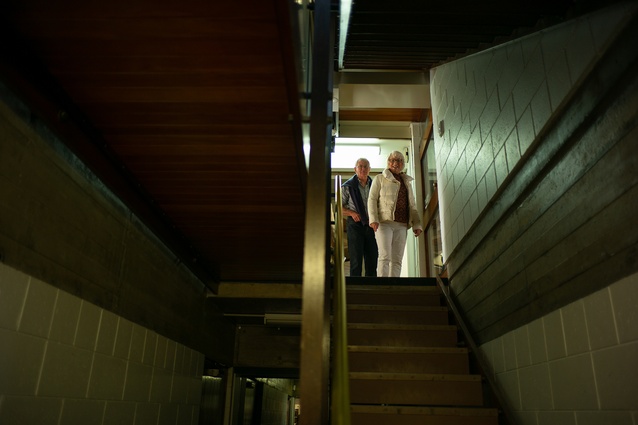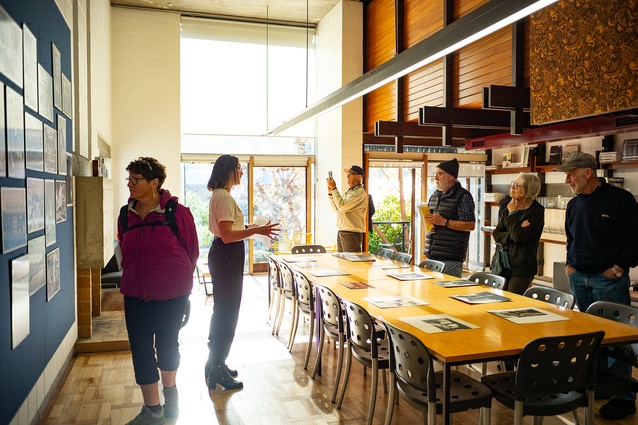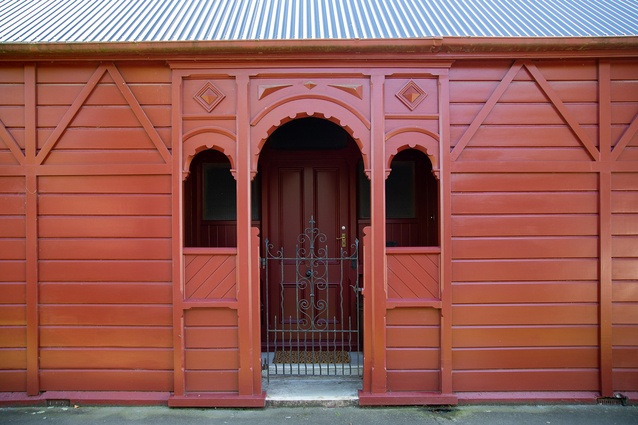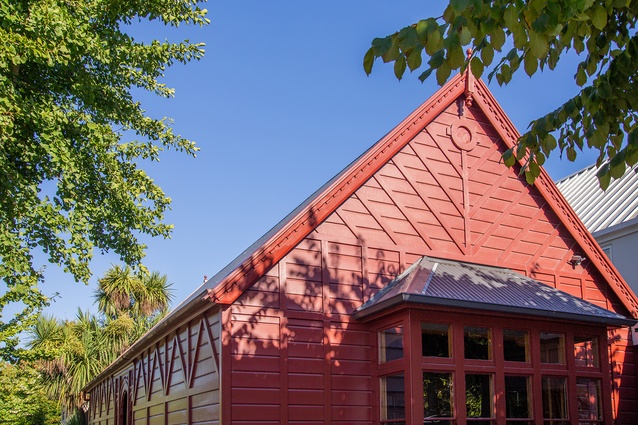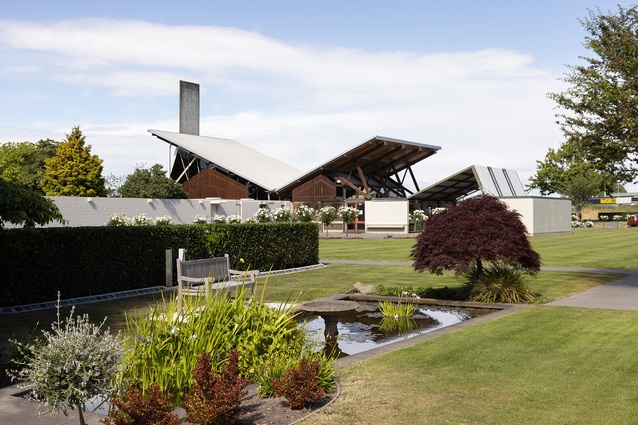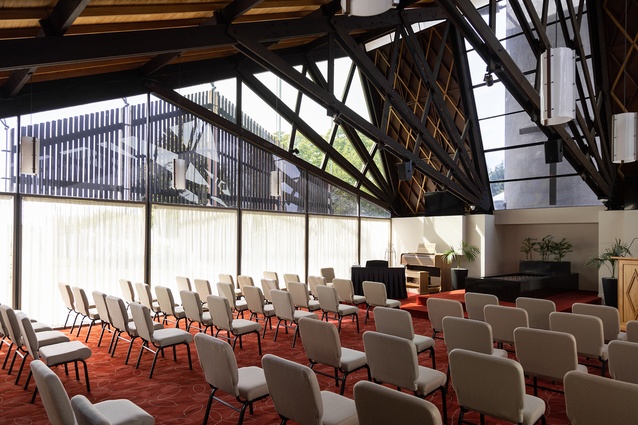Architect Mitchell Coll’s top picks for Open Christchurch 2022
After opening up his home to the public during Open Christchurch 2021, Mitchell Coll of Coll Architecture joined the board of Te Pūtahi: Centre for Architecture and City Making, the organisation behind the annual festival of architectural excellence. Here, he shares some of his top picks for this year’s festival, from the 41 buildings and five guided walks that will be on offer Saturday 30 April and Sunday 1 May.
The buildings I’m most excited about seeing are those that are privately owned, as the chance to see them is so rare. Open Christchurch, in conjunction with building owners and partners, grants special access to their interiors. Some of the highlights for me will include:
The Rout House by Jonty Rout (1979)

A chance to look around a prominent architect’s own home and retreat – one that showcases exceptional spatial planning and craftsmanship qualities as well as a thoughtful approach to New Zealand materials and conditions. View here.
Dorset Street Flats by F. M. Warren ANZIA (1956–57), later Warren and Mahoney; Young Architects (2021)
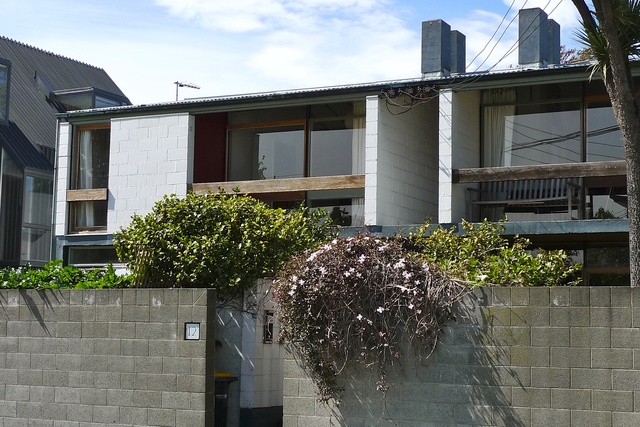
These flats marked a new style, which eventually formed the basis of Christchurch Modern. They display an exciting blend of newly emerging brutalist architecture with New Zealand materials and elegant detailing. Another interesting element is the typology. The flats were ‘bachelor pads’, which were uncommon at the time of design. View here.
65 Cambridge Terrace by Warren and Mahoney (1962 and 1979)
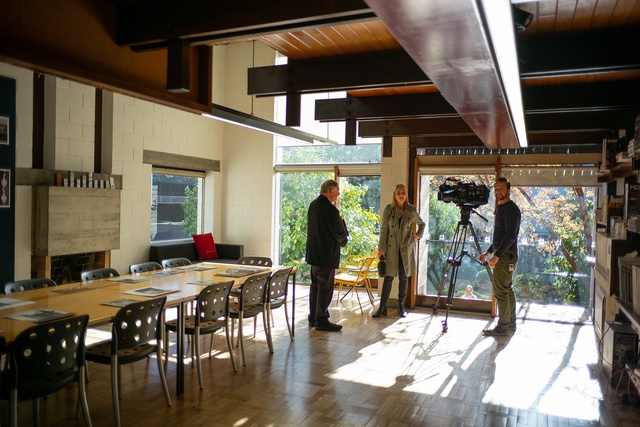
This is the pinnacle of maturing Christchurch Modern, which started with the Dorset Street Flats. The utmost attention to detail is put into every material junction of this building, making it a place you could spend hours at. You always see new, interesting elements. View here.
Hurst Seager Office/Red House by Samuel Hurst Seager (1899)
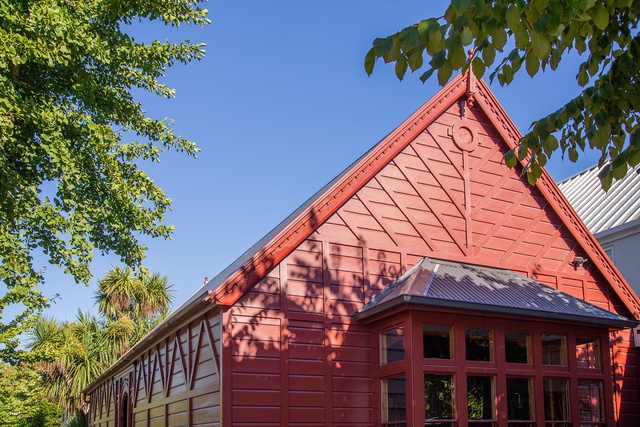
Samuel Hurst Seager was one of the pioneers of the New Zealand bungalow and one of the earliest architects who sought to design with a New Zealand style. The architect’s office was the first colonial building in the country to reference another local colonial building (Mountfort’s Christchurch Club), marking the start of a New Zealand architectural vernacular. View here.
These are just a few of the special projects that will be open to view. Then there are the unique experiences offered as part of Open Christchurch that allow you to find out more about the spaces that you love or know well, whether that be tours and talks with experts or just a different type of encounter. A couple of stand-outs for me are:
Te Papa Ōtākaro tour with Joseph Hullen (NgāiTūāhuriri/Ngāti Hinematua)
Even though I walk along the river every day, this is a great opportunity to hear about the narrative behind the designs of this fantastic upgrade to our central city and to learn more about the cultural significance of the river, as well as the hapū-led ecological interventions. View here.
Friday evening session at Harewood Crematorium by Warren and Mahoney (1963)
This is one of my favourite buildings in Christchurch. A unique architectural experience such as this is a great way to kick off the festival on Friday 29 April, from 5.30pm to 7.30pm. People are invited to participate in a period of quiet reflection at this celebrated piece of New Zealand architecture. Staff will be on hand to answer any question you may have. So, grab a seat, light a candle (if you would like to) and experience this serene space – a masterclass of balance and form – at a peaceful evening session. View here.
For more information and the full programme, click here.

